How do you make espresso to taste good? Teaching diagram of Italian coffee machine extraction espresso
Espresso-based coffee drinks made by Italian semi-automatic coffee machines still dominate the coffee shop market in today's era of "single coffee, hand-brewed coffee". In particular, I went to the coffee fair to have a look. Even a "hot mom" in the booth felt that she had lost the first battle.
If you want to be a barista, the first thing to learn is how to extract espresso. It's easy to extract a cup of espresso, but it's not at the same level of difficulty to make each cup a qualified espresso. Because the variables involved are very large, it also means that you have to know all of them in order to control everything. What should a qualified espresso look like? From the outside, it must have a golden Crema, the amount of fat should not be too thin, not too thick, too thick, poor fluidity, easy to agglomerate, about the thickness of black coffee liquid 1max 2 is just right. The grease should be delicate without big bubbles. In terms of taste, espresso is characterized by bitter nut chocolate notes, creamy mellow taste, short bitterness in the mouth and long aftertaste.
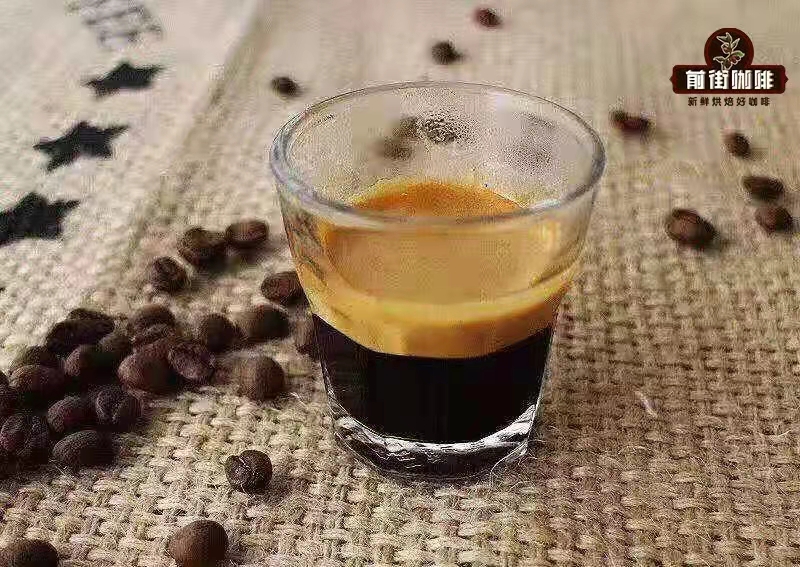
It seems quite simple at first sight, but as soon as it is put into practice, we know that it is difficult everywhere. The first point is coffee beans. Coffee beans can be said to determine the flavor of the whole cup of coffee, there are many times the coffee tastes bad, really can not blame the barista, it is the magician who can turn decay into magic, barista does not have such unnatural skills for the time being. Therefore, the quality or flavor of the bean itself is not very good, so no matter how superb you try to save it (cover it up), it will be in vain in the end. But in some cases, baristas have to recognize the problem and adjust it. After all, many coffee beans attach importance to the quality of materials, but sometimes the product is good and bad, elusive. There is a problem, but the possibility is that baristas do not have a deep understanding of coffee beans. Many baristas believe in the extraction formula of espresso. What the front street just wants to say is that too much data extraction sometimes ignores the flavor of the coffee itself.
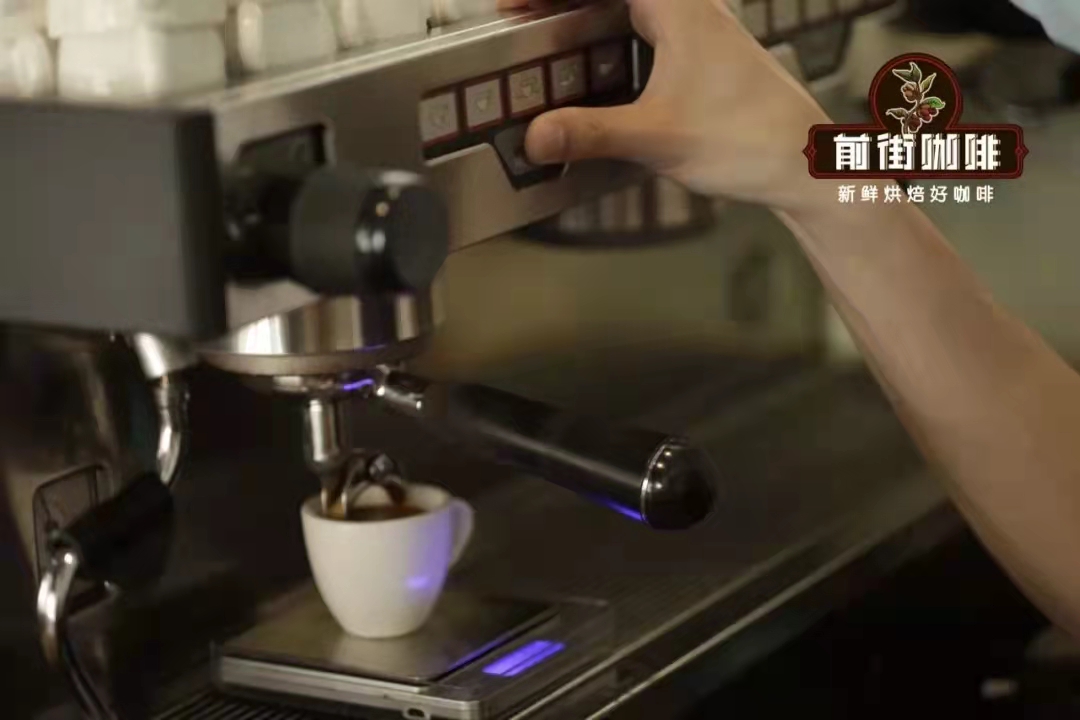
For example, Xiao y has been a barista for 5 years, which is a long time for the barista profession. He will be too obsessed with the data when debugging espresso, even if a parameter extracted espresso has a good flavor, but the parameters are not within the range of his approval, he will readjust. The roasting degree and baking time of coffee beans will lead to their performance in the extraction will be visible to the naked eye, and the extraction of espresso should be the same as that of hand-brewed coffee. When it comes to coffee extraction, this is the barista's home court. It seems that there are many parameters to adjust, such as grinding degree, powder quantity, proportion, water temperature and pressure. There are also many skills that should be paid attention to, such as powder, cloth powder and pressing powder. Qianjie thinks that it should be divided into primary parameters and secondary parameters. For example, the parameters such as water temperature and pressure are basically not adjusted frequently after setting and are listed as secondary parameters. On the other hand, grinding, powder quantity and proportion are adjusted more frequently, which are the main parameters.
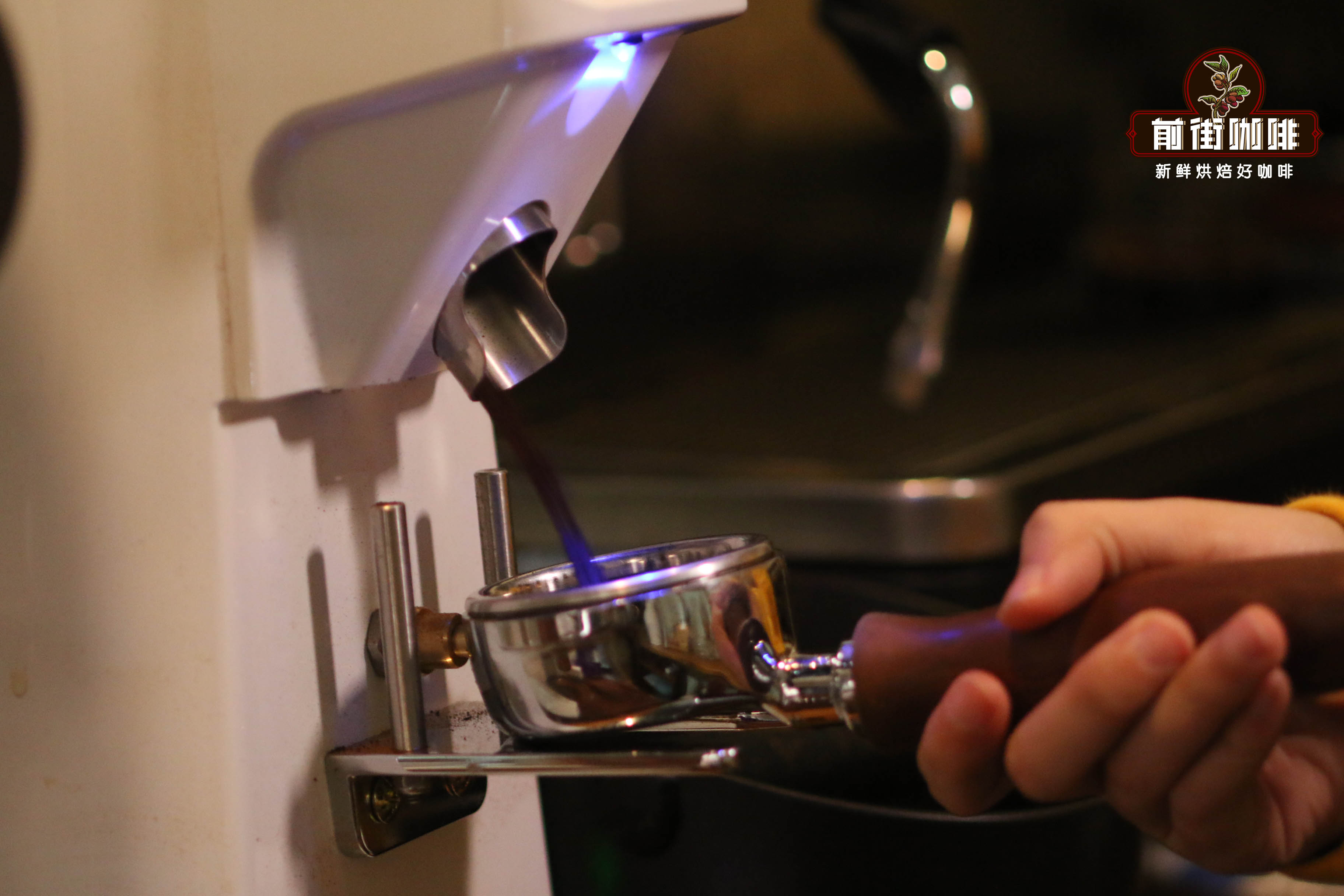
Among them, the degree of grinding is adjusted most frequently, you can imagine, the finer the grinding, the stronger the coffee pressed powder, the water is not easy to pass, then each unit of water takes away more coffee substance, and the thicker it is. On the contrary. What needs to be adjusted is that sometimes it is not good for too much coffee to be extracted. The soluble substance in coffee is 30%, but it is generally believed that only less than 22% of the substances are relatively good, and the rest are disgusting bitterness.
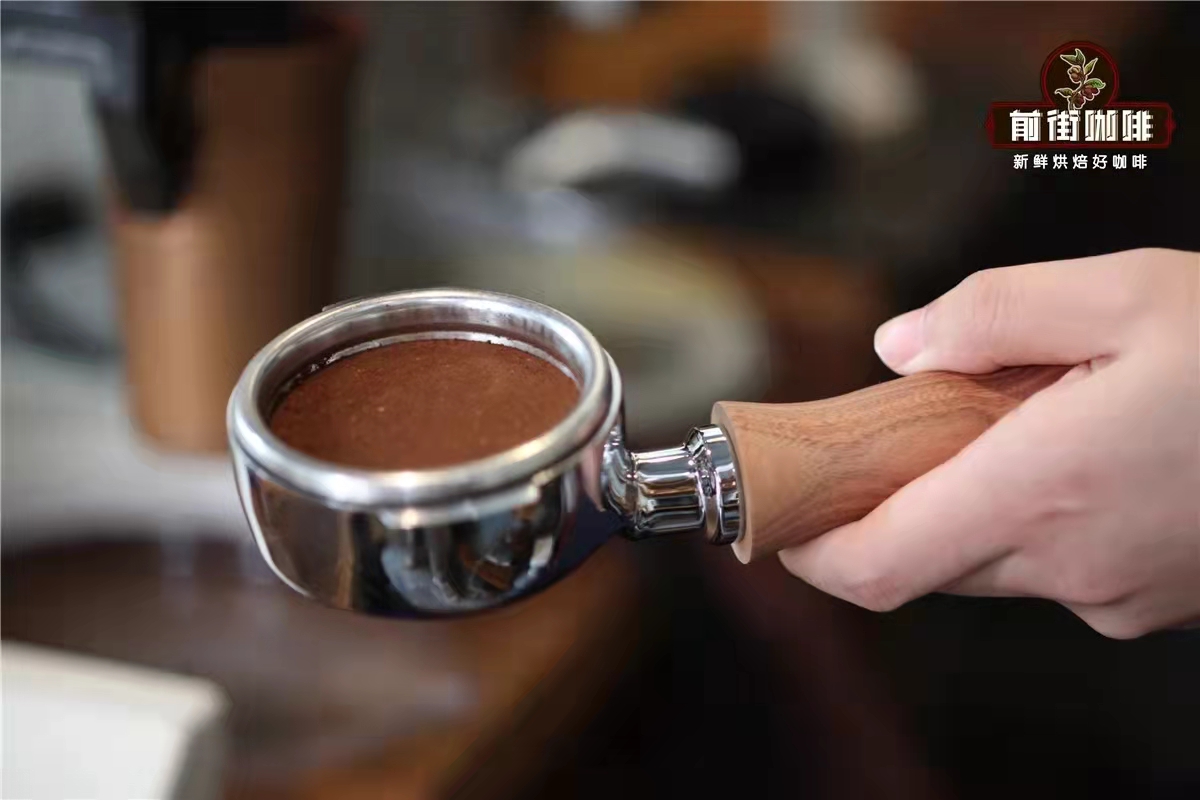
The influence of cloth powder and pressing powder on coffee extraction. Uneven pressure and uneven cloth do lead to the negative flavor of coffee. However, a lot of time, the surface is filled to the maximum value of the reasonable capacity of the powder bowl, so that the state of flattening (strength does not affect), there will be basically no channel, uneven extraction. In the process of actual operation, there are still many ways to avoid such events.
Important Notice :
前街咖啡 FrontStreet Coffee has moved to new addredd:
FrontStreet Coffee Address: 315,Donghua East Road,GuangZhou
Tel:020 38364473
- Prev
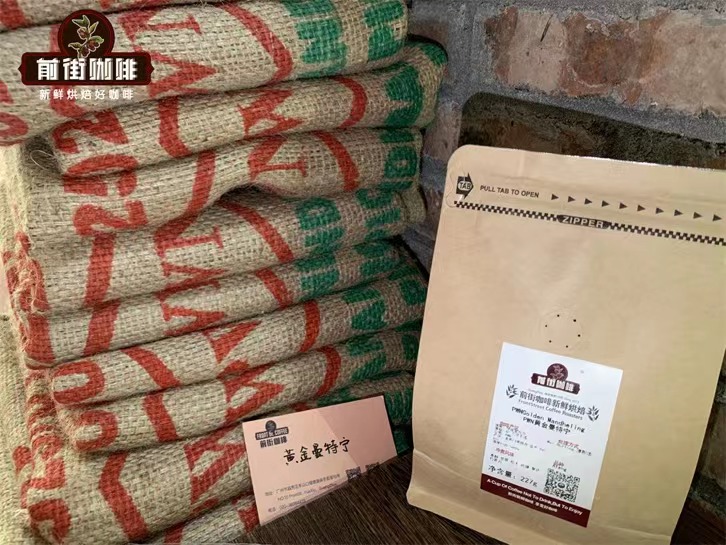
The meaning and characteristics of individual Coffee what are the introductions and suggestions for brewing?
Be loyal to yourself, show your own uniqueness, do not need to follow in the footsteps of others, follow the eyes of others, and simply be yourself! I'm me! Allusion: individual coffee usually refers to coffee beans from specific countries and places of origin, or more accurately, coffee beans produced from specific estates. Features: tasting from different places
- Next
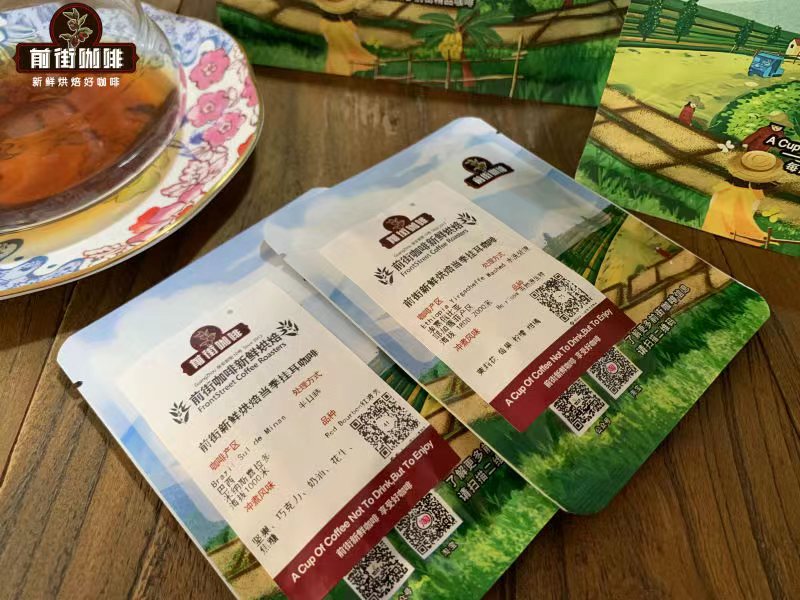
Is hanging-ear coffee hand-brewed coffee or hand-brewed coffee which flavor is multi-layered?
The biggest advantage of hanging-ear coffee is that it is simple and easy to get started! Simple utensils can enjoy multiple levels of flavor, or they can have unlimited flavor like hand-brewed coffee. It is not difficult to get started with hand coffee, as long as there are coffee powder, filter paper, filter cup, hand pot and hot water. We are familiar with filter-hanging coffee bags (ear bags).
Related
- Beginners will see the "Coffee pull flower" guide!
- What is the difference between ice blog purified milk and ordinary milk coffee?
- Why is the Philippines the largest producer of crops in Liberia?
- For coffee extraction, should the fine powder be retained?
- How does extracted espresso fill pressed powder? How much strength does it take to press the powder?
- How to make jasmine cold extract coffee? Is the jasmine + latte good?
- Will this little toy really make the coffee taste better? How does Lily Drip affect coffee extraction?
- Will the action of slapping the filter cup also affect coffee extraction?
- What's the difference between powder-to-water ratio and powder-to-liquid ratio?
- What is the Ethiopian local species? What does it have to do with Heirloom native species?

